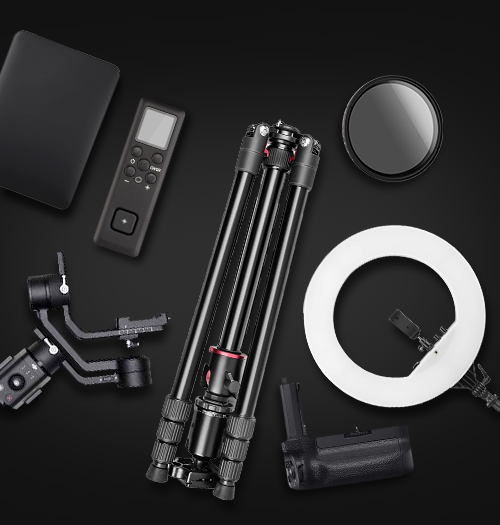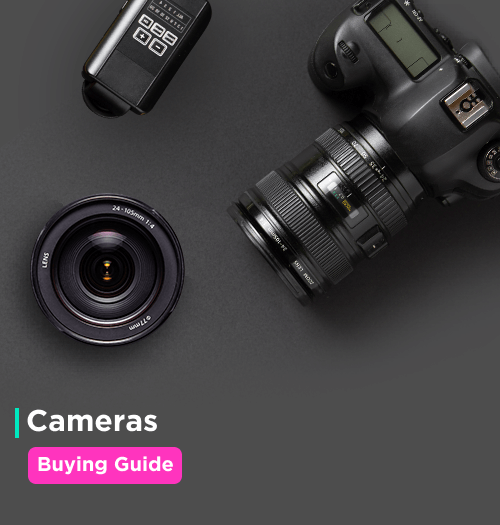Choose a Type Based on Your Usage
The type of Camera best suited to you will depend on your usage and purpose. Choose the best type of Camera for yourself from these below-mentioned options.
Ideal if you
- are an entry-level photographer
- will only use it occasionally
- are looking for a lightweight and easy-to-use Camera
- are looking for an affordable option
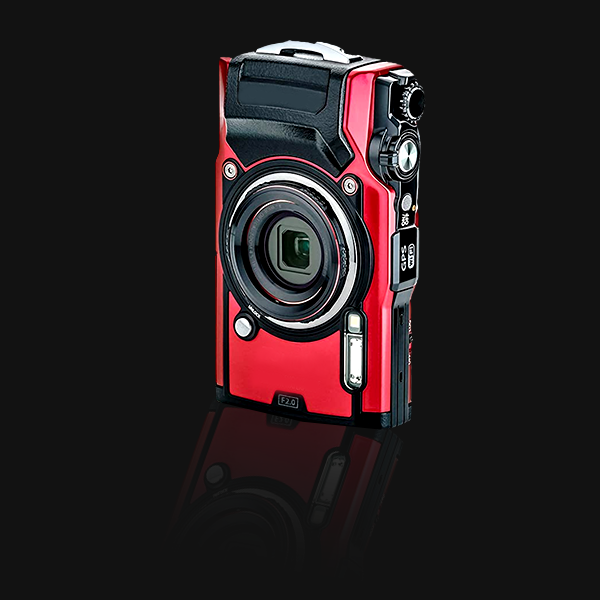
Ideal if you
- are an intermediate, semi-pro, or professional photographer
- want a lighter Camera body
- don’t need a huge range of interchangeable lenses or don’t mind using an adaptor
- are interested in vlogging
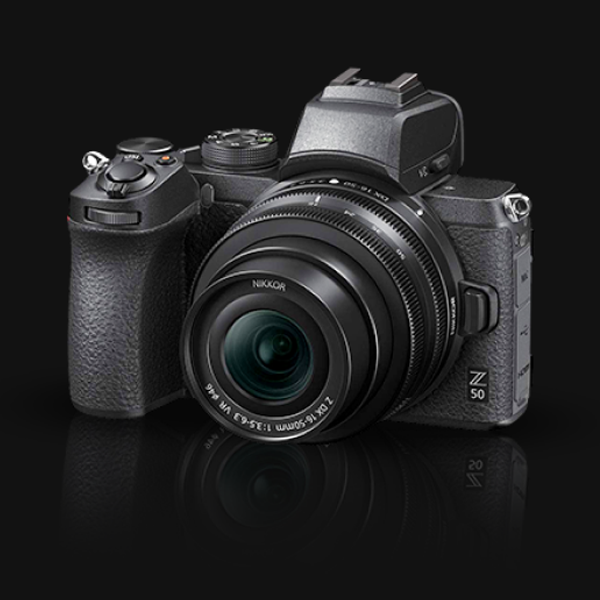
Ideal if you
- like to instantly have a print of the picture you’ve shot
- are in love with all things vintage
- are looking for a gift that’s cool but also affordable
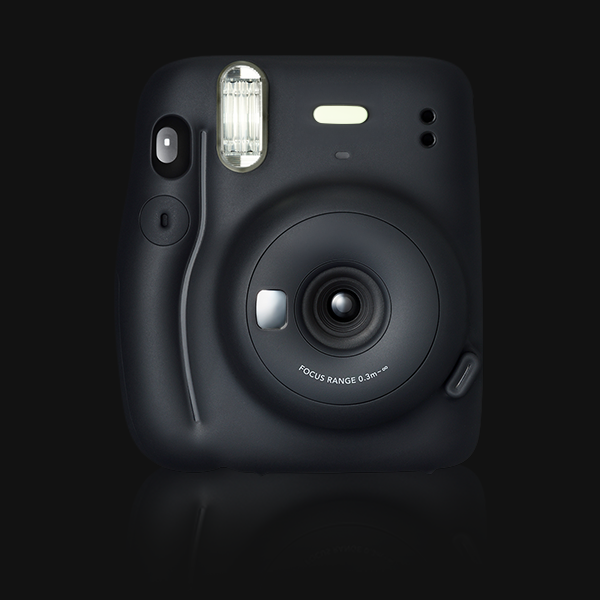
Ideal if you
- are a professional photographer or looking to pursue photography seriously
- are looking for the widest range of lens, filter, and flashlight options
- don’t mind carrying a larger or heavier kit
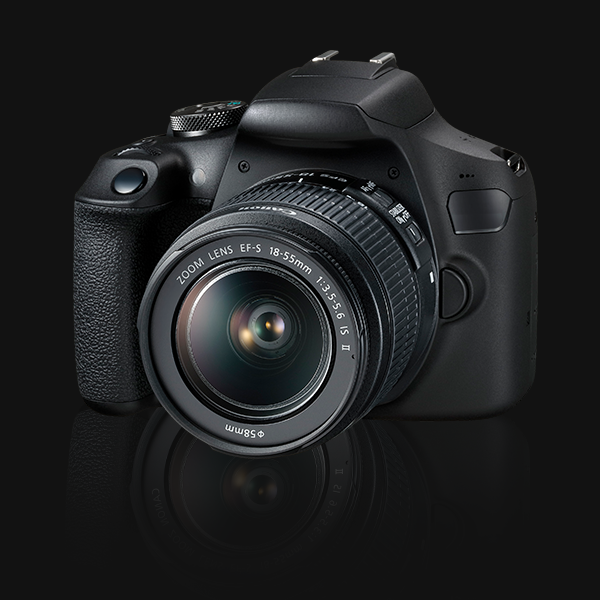
Ideal if you
- are looking for a Camera to shoot extreme sports
- prefer something extremely lightweight and portable
- need a waterproof design
- shoot a lot of videos
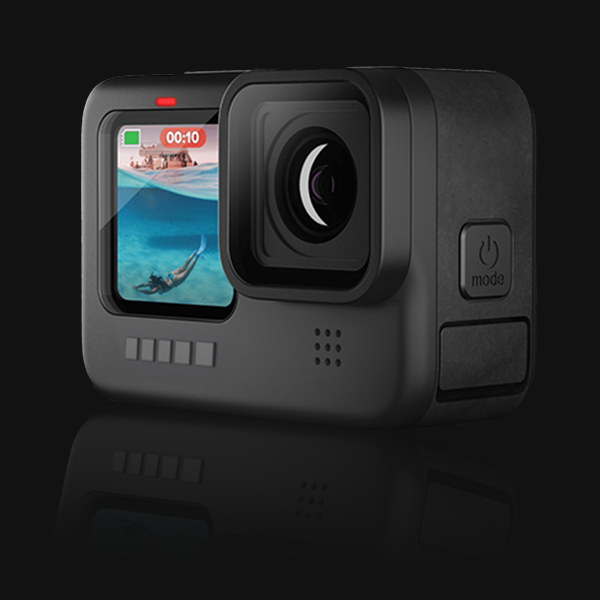
Ideal if you
- are already pursuing or looking to pursue a career in photography
- are filming commercial or documentary content
- don’t mind loosening your purse strings
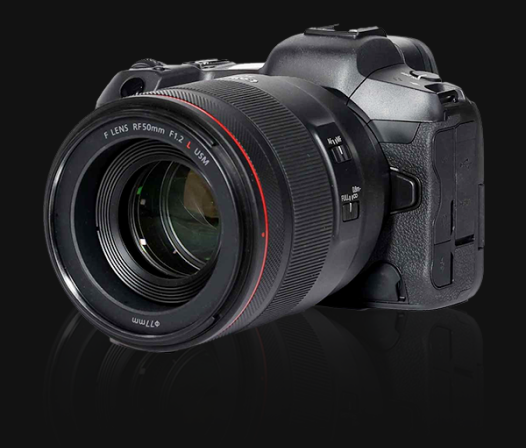
DSLR vs Mirrorless: Which One’s For You?
Choosing between a DSLR and a mirrorless Camera can be tricky. Both offer exceptional image quality and top-of-the-line technology. Which Camera is right for you – DSLR or Mirrorless – will depend on your usage. Here’s what you need to keep in mind while selecting one:
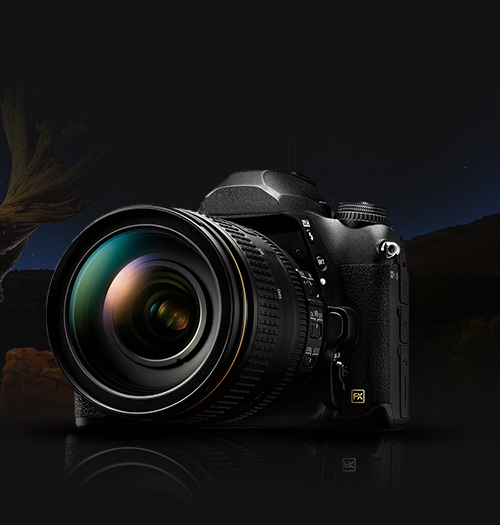
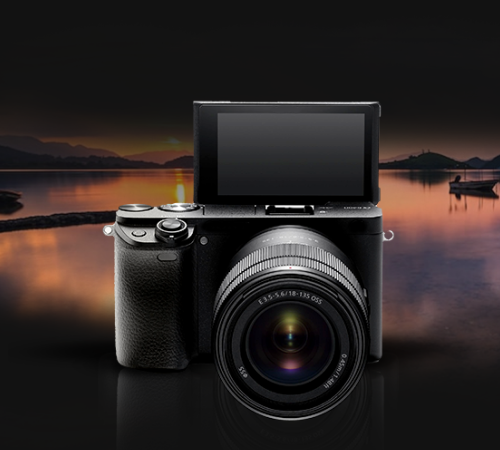
Camera Lenses
If you're an enthusiastic photographer who has outgrown the standard kit lens, you have several options to pick from. In fact, most skilled photographers use multiple lenses for different shots.
Prime Lens
Simply put, Prime Lens is a lens that doesn't zoom. The focal length of a Prime Lens is fixed (e.g. 30 mm or 50 mm). Prime Lenses are not as versatile as Zoom Lenses but offer photographs that are incredibly crisp because they’re built specifically to be perfect at that one focal length. A Prime Lens is best for portrait shots.
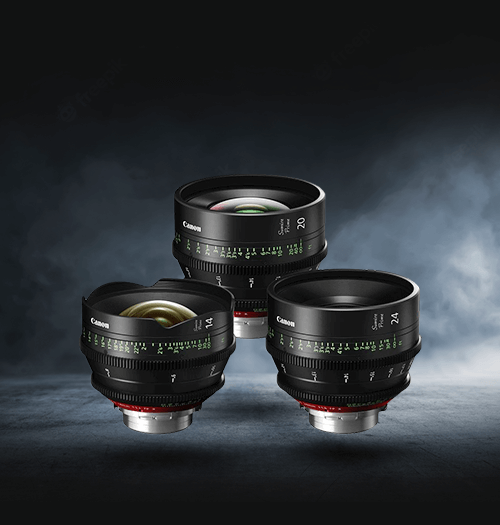
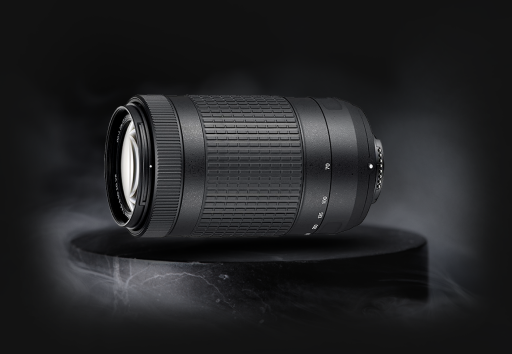
Zoom Lens
Compared to Prime, the Zoom Lens offers greater flexibility, providing a range of focal lengths in one package. These kinds of lenses are great when you want to shoot wildlife, or up-close shots of architecture, or even portraits by switching between different focal lengths using a Zoom Lens (e.g. 55mm to 300mm).
Consider what kind of photographs you see yourself taking before choosing the best lens to help you narrow down your selections as both Prime and Zoom Lenses come in several focal lengths.

Note: Before purchasing a lens, you must know which mount system your Camera employs. Read your manual thoroughly because most brands have distinct systems for DSLRs and mirrorless Cameras.
Camera Specifications
Megapixels (MP)
It indicates the resolution of the Camera. Simply put, greater the megapixel count, the higher the quality of the image produced. If you’ll be printing your photos, opt for an 8MP or higher Camera. If you intend to crop your photographs, you could do with more.
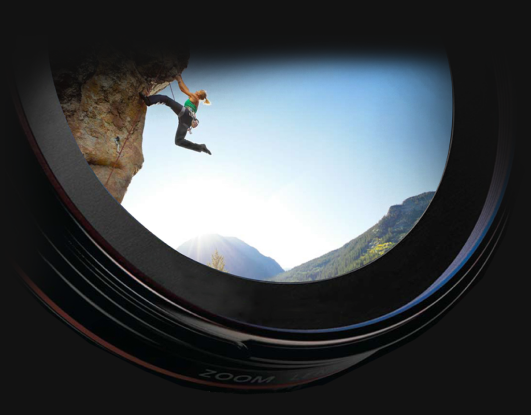
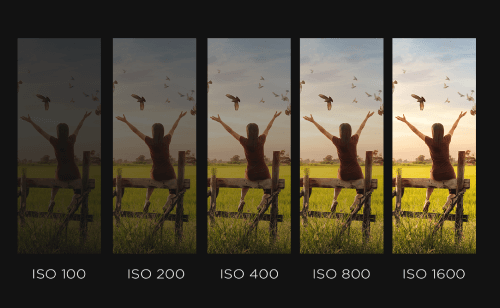
ISO Range
ISO refers to the sensitivity of the Camera’s sensor.
Higher ISO ranges allow users to shoot higher quality pictures in low light conditions but the downside of that is a high ISO can result in grainier pictures.
Aperture
Aperture is the opening in the lens through which light enters the Camera. An aperture is measured in f numbers (f/2, f/2 & 8 etc). The size of the aperture can be controlled through the Camera.
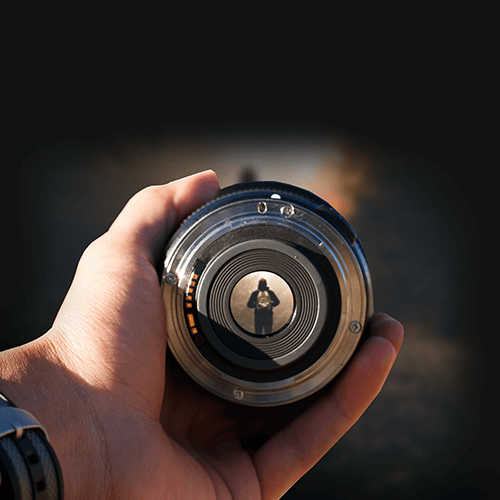
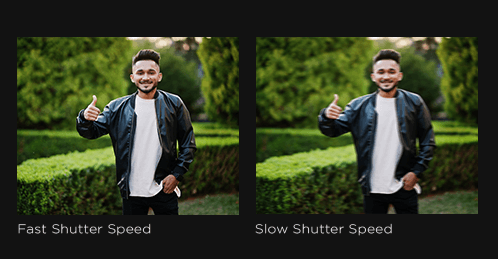
Shutter Speed
The shutter speed numbers indicate the fraction of a second for which the shutter will remain open. So, 250 means the shutter will open for 1/250 th of a second, 1000 means it will remain for a thousandth of a second and so on.
When you leave the shutter open for longer, more light enters the sensor. So, if you’re shooting in low light conditions, you could do well with lower shutter speeds. Cameras with extremely low shutter speeds are deployed for long-exposure shots, like those of stars on a dark night.
Frames Per Second (FPS)
FPS refers to the maximum number of images your Camera can capture in a single second. You need a minimum of 30fps to avoid a lag or jitter in your video.
Higher FPS is great for when you're capturing fast-moving objects like a flying bird or a racing car.
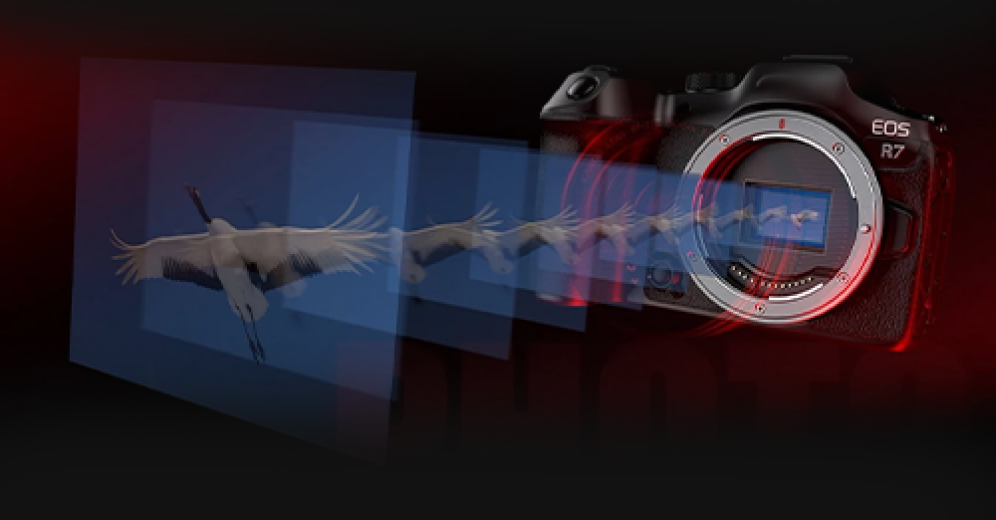
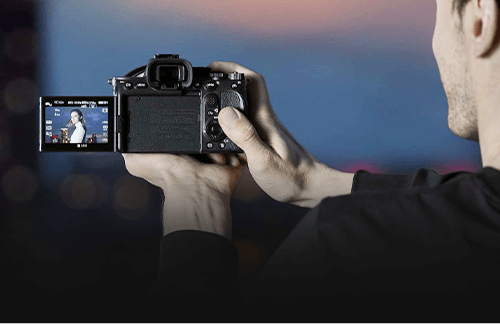
Ergonomic Aspects
Make sure to look into the size, weight, and in-hand comfort of your Camera choice. For amateur photographers, it is advisable to pick easy-to-handle lightweight Cameras.
Display
Make sure to check the resolution and the brightness of the display. The resolution defines quality of the image on the Camera, and the high brightness enables outdoor use.
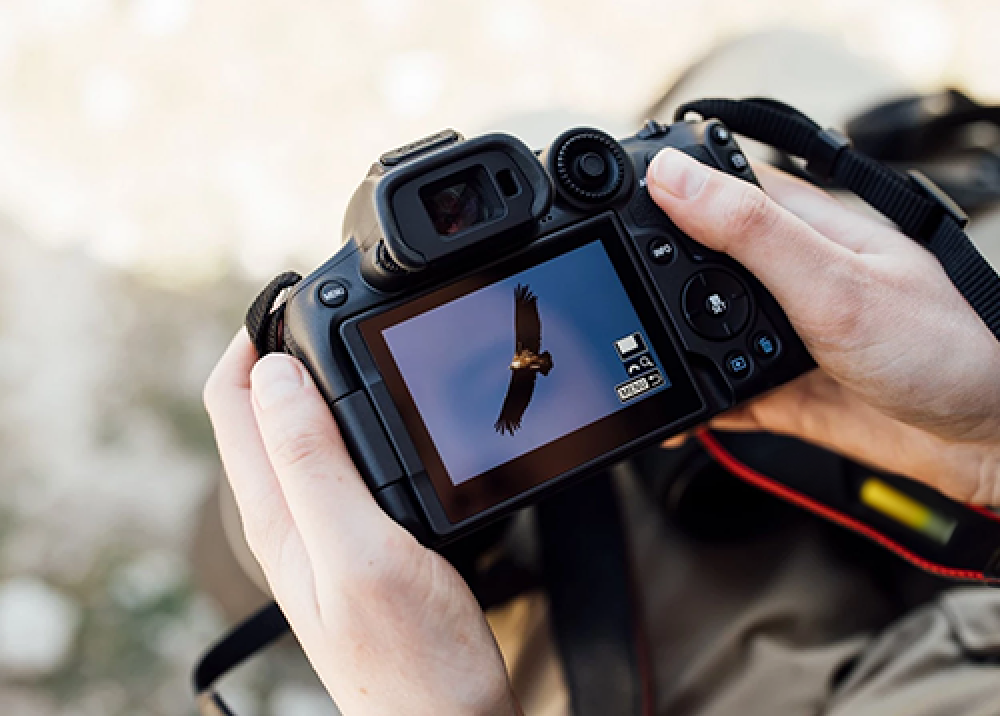
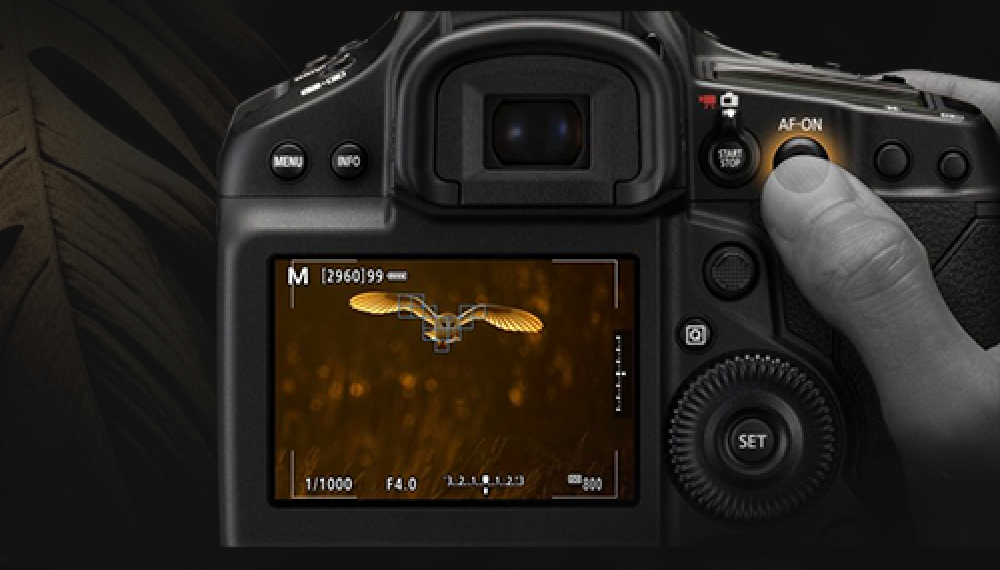
Autofocus
The quality of the autofocus system is important to consider when picking your Camera. The number of autofocus points is a good measure of the focus quality.
Features to Consider
Image Stabilisation
This feature corrects the Camera movement and vibrations, providing sharper images and videos so you don’t need a gimbal or tripod for smoother transitions and stable shots.
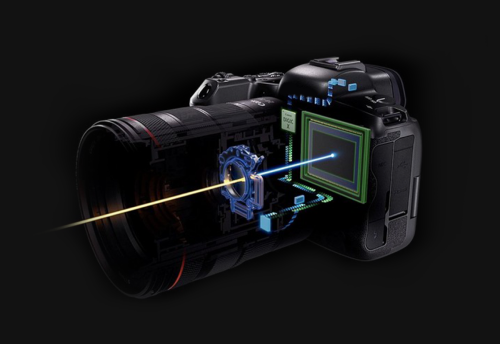
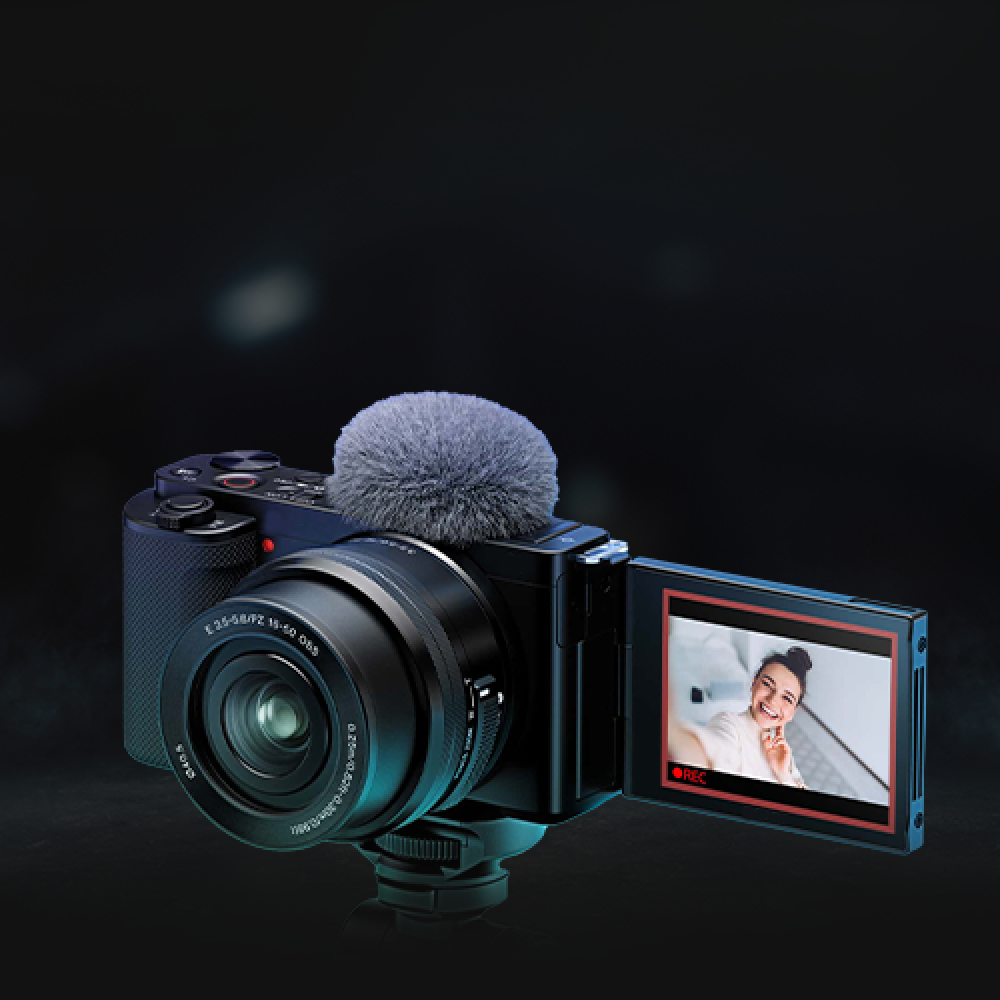
Video Recording
Most Cameras today support resolutions from HD, 4K to 8K. Check the resolution, frames per second (fps), and manual control for a premium video recording experience.
Wireless Connectivity
Wi-Fi, NFC, and GPS technologies make uploading photos directly from your Camera effortless.
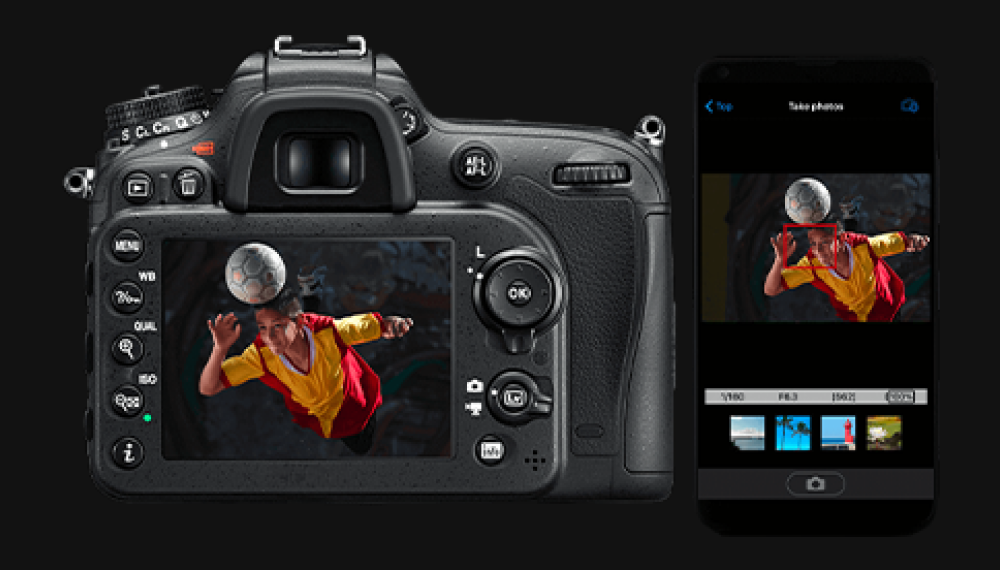
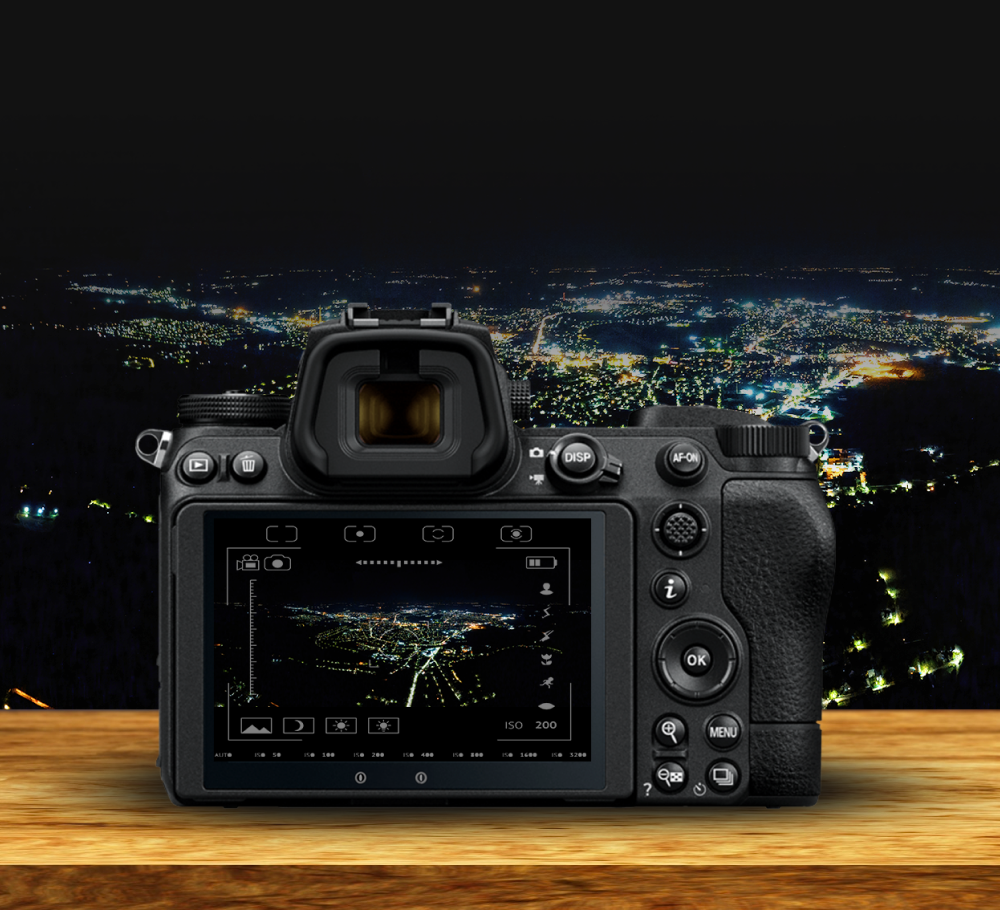
Panorama and Burst Mode
Panorama mode allows users to capture multiple shots, stitched together for a wider view.
Burst mode helps in capturing moving subjects with several shots in a short time.
Viewfinder
Mirrorless and compact Cameras sport LCD screens with electronic viewfinders. These display the images based on your settings.
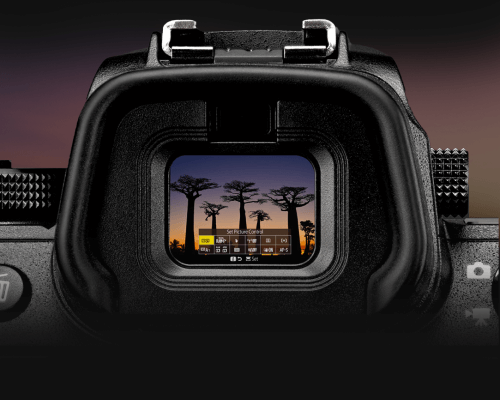
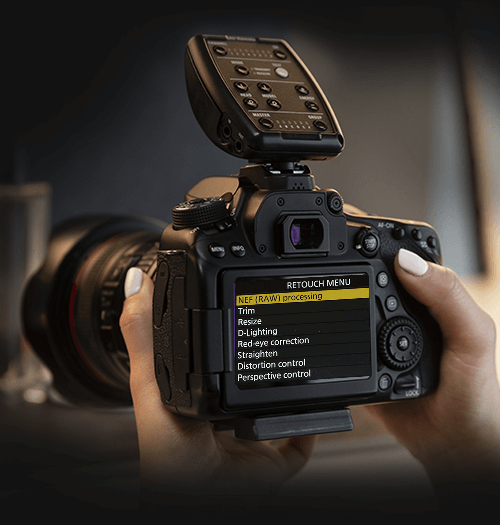
In-camera editing
This feature helps to resize, copy and edit video on your Camera in real-time. This would be a great feature if you’re looking to edit on the go.
Cleaning System
Cameras integrate cleaning technology to remove dust from the image sensor. This is a useful feature for outdoor photographers.
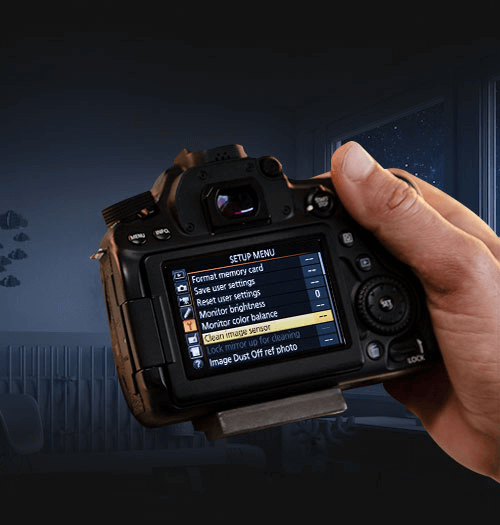
Essential Accessories
Here is our list of essential Camera accessories that will help you take better quality photos, protect your equipment and help you keep shooting no matter the situation.
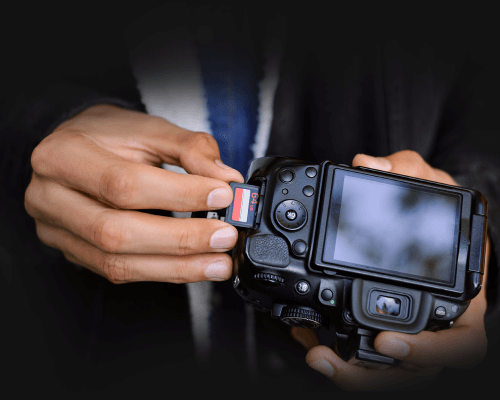
Memory Cards
Used to store and record the images and videos shot on a Camera. Always have space for more with some extra memory cards.
Extra Battery
Having extra batteries ensures that you are always ready to shoot on the go.
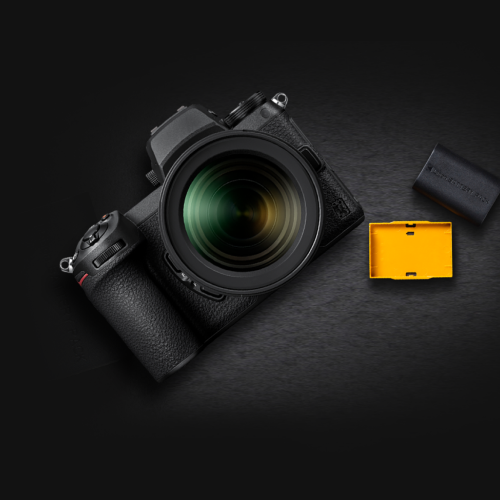
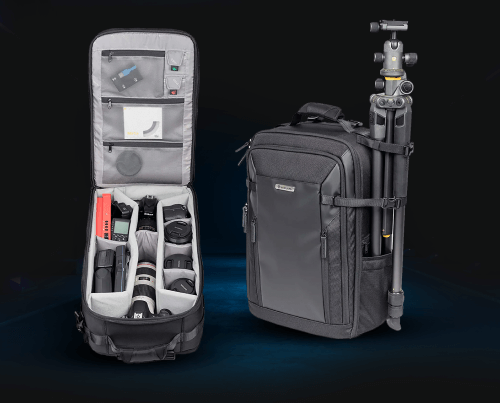
Camera Bag
For people who travel, a Camera bag can help protect the equipment as well as improve the portability of a Camera.
Memory Card Reader
Memory card readers offer fast data transfer and are easy to use, while also being handy.
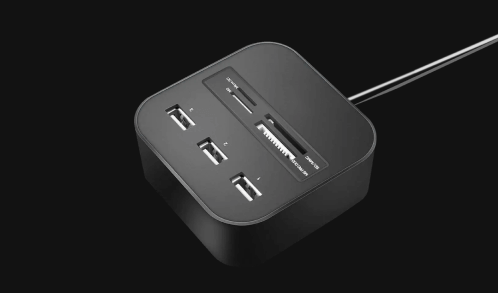
Cleaning Accessories
Dirty, smeared Cameras and lenses just won’t do – keep them spotlessly clean with the below-mentioned accessories.
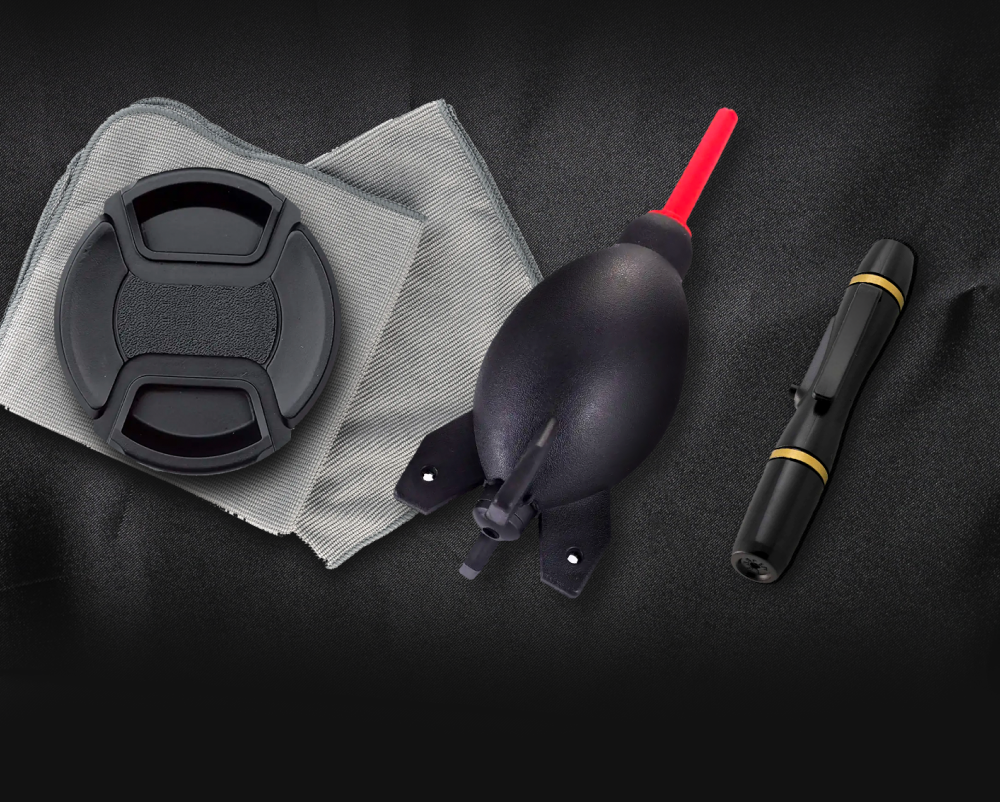
Add - Ons
Any and all of the below Camera accessories can help you take your photography game to the next level.
